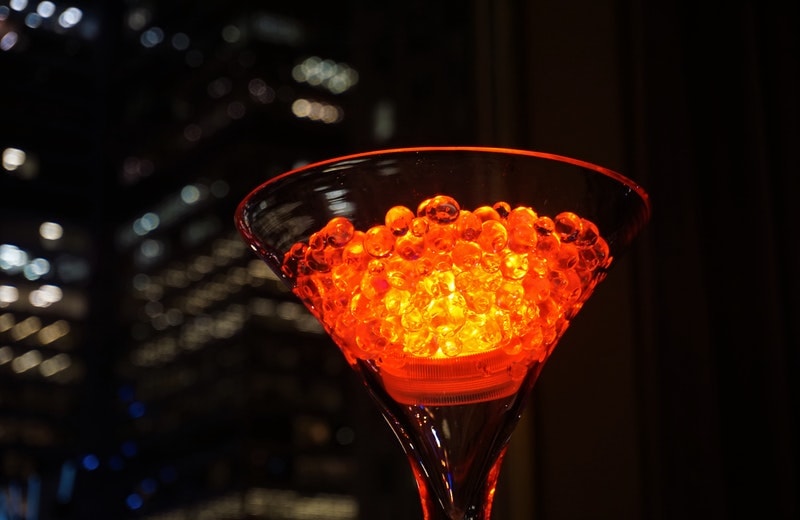The martini elicits an air of refinery, sophistication, and coolness. A classic cocktail, the martini is often the go-to beverage for nearly everyone, from businessmen to schoolteachers. Plenty of similar drinks have been concocted in the past few decades, but none have stood the test of time like a classic Gin martini.
Like many cocktails, its origins are a bit hazy. Most say the drink was invented in Martinez, California at the height of the Gold Rush. When a thirsty miner entered a saloon determined to celebrate his good fortune, he was disappointed to find the bartender didn’t have any Champagne. At the miner’s request, the bartender offered to make the man a concoction of the ingredients he did possess. A bit of gin, vermouth, bitters, and maraschino liqueur and voila “The Martinez Special” was born. The beverage made the rounds throughout the country and was published in the Bartender’s Manual in 1880.

Traditionally “The Martinez Special” is basically gin and dry vermouth and an olive or lemon twist as a garnish. But in other variations ingredients are added or subtracted to account for personal taste. For example, “dry,” has less vermouth,”dirty” will contain olive juice and “Gibson,” will have a cocktail onion instead of an olive. With all of these variations, it can be difficult to determine which version is the best. To make matters even more difficult everyone’s taste preferences differ widely. Sticking to the classic recipe will eliminate a lot of the guesswork and provide a tasty beverage for all to enjoy.
Gin or Vodka?
At its basic building block, a martini is an alcohol or spirit (vodka or gin) and vermouth. Both of these drinks are delicious in their own right, but using vodka will deliver a cleaner, crisper taste and flavor profile. Gin, however, will have a more floral profile. When choosing which one to go with keep one thing in mind, make sure the spirit contains an ABV of at least 40%. With an ABV of 40% or higher the botanicals within the spirit are more apparent in the final product.
Vermouth
There are plenty of different vermouths on the market. For this beverage be sure to stick with vermouths that are dry. Though there are sweeter vermouths in the market and they do well in martinis, sticking with dry vermouth is the best bet.
Wet vs. Dry
Wet vs. Dry refers to the amount of vermouth added. Traditionally speaking, these beverages usually have a 1:1 ratio of spirit to vermouth. However, that ratio has been changing over the past few decades. When less vermouth is used, the cocktail becomes drier and when more vermouth is used the cocktail becomes “wetter.” Again this is all up to individual taste, but current industry standards stand at a 6:1 ratio of spirit and vermouth.
Shaken vs. Stirred
This classic beverage can be shaken or stirred. However, traditionally it should be stirred. Stirring a drink chills and dilutes the alcohol. It also adds to the texture of the beverage making it smooth, silky, and cool upon drinking.
Tools and Ingredients:
- V-Shaped Glass
- Spirits (Vodka or Gin)
- Vermouth (Dry)
- Tin Shaker
- Ice
- Lemons or Olives
- Cone or Hawthorne Strainers
- Angostura Bitters
- Spoon
Directions:
- Pour 2 ½ oz. of spirit into the tin shaker.
- Add ¾ oz. of dry vermouth
- Add 1 dash of Angostura Bitters (optional)
- Stir all ingredients until perfectly chilled
- Strain and pour into a V-shaped glass
- Garnish with lemon twist or olive
- Sip and enjoy.